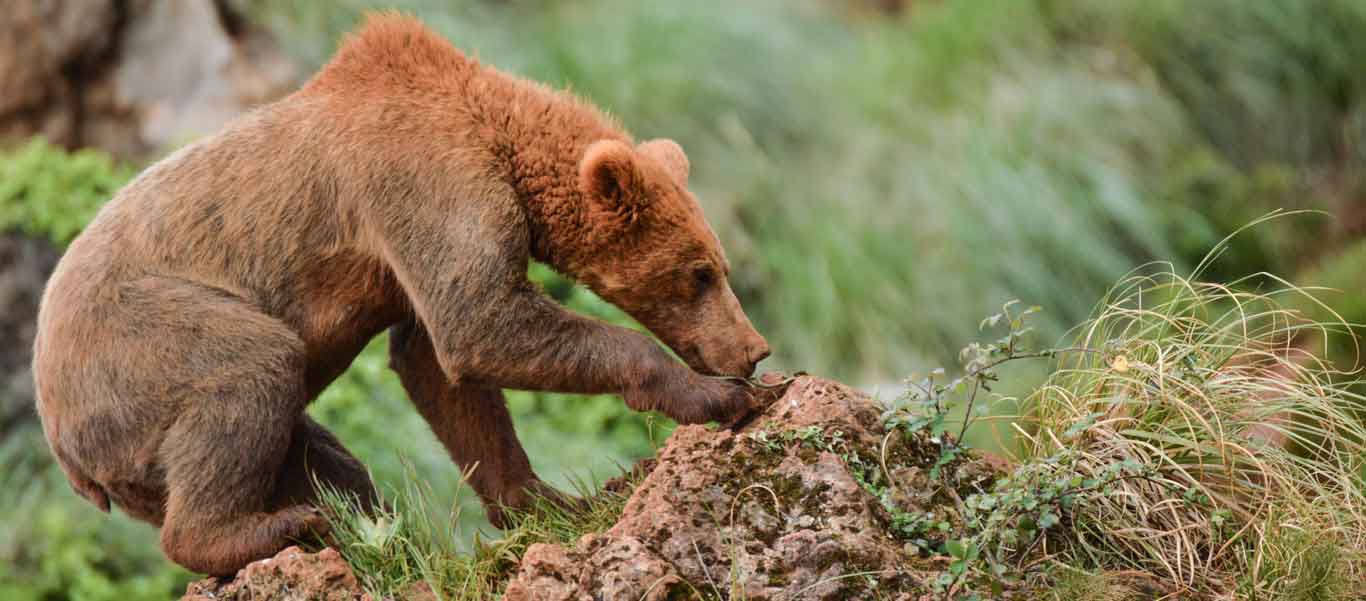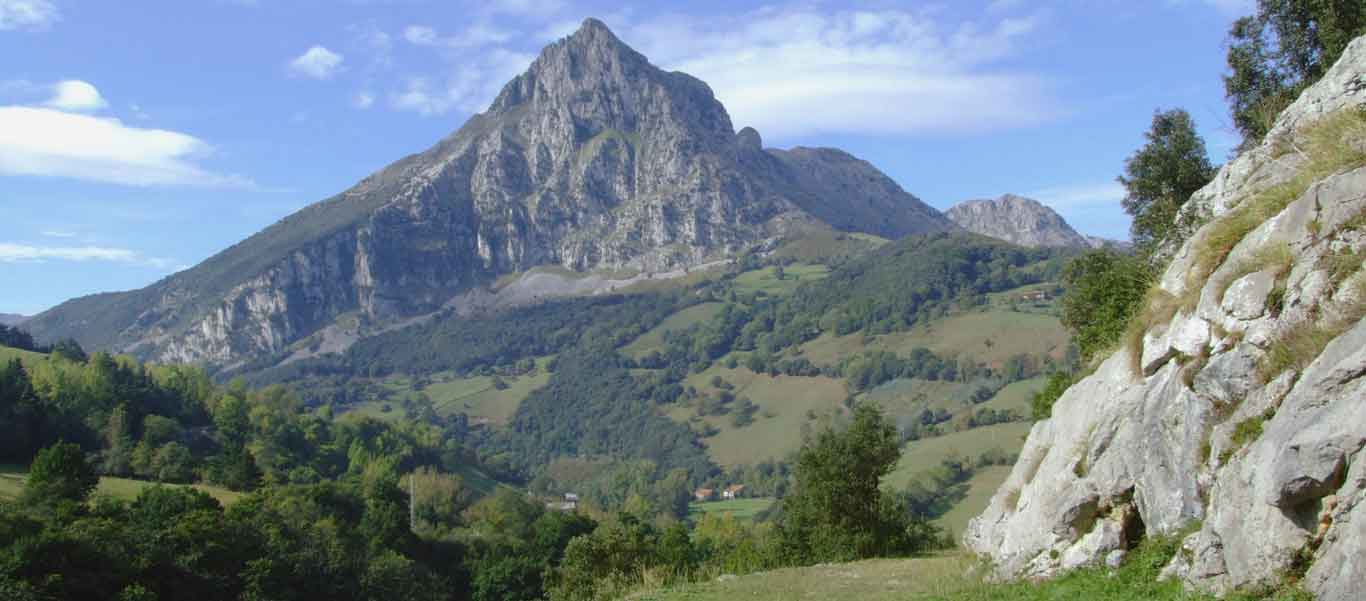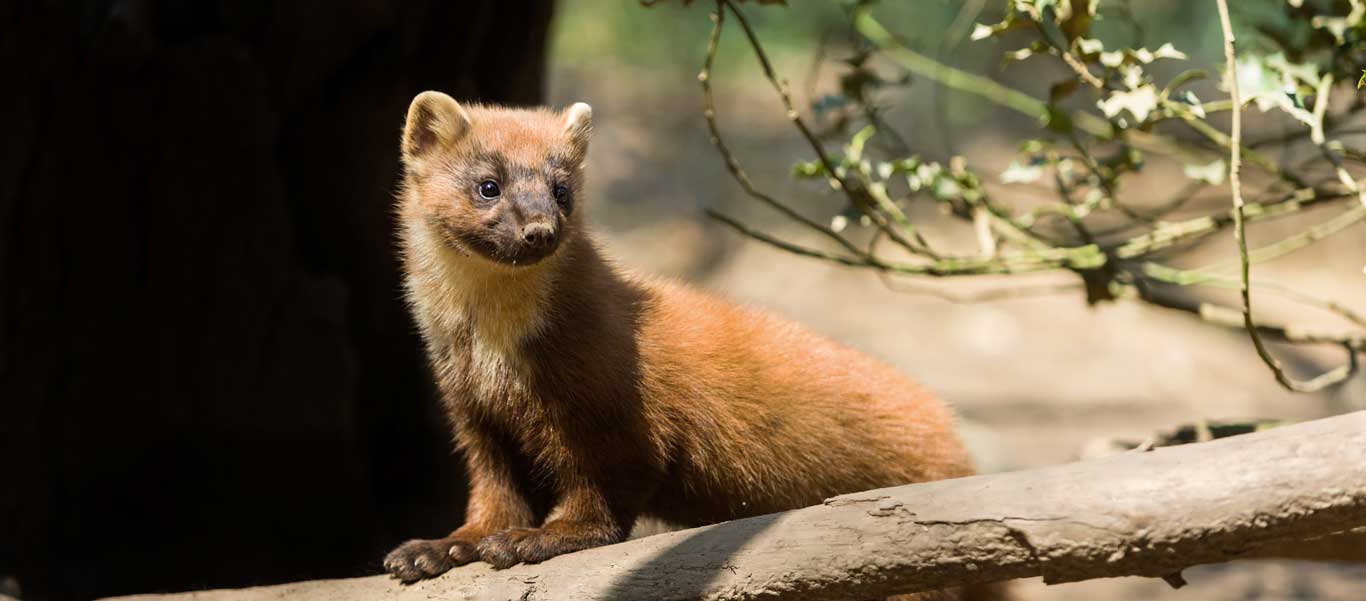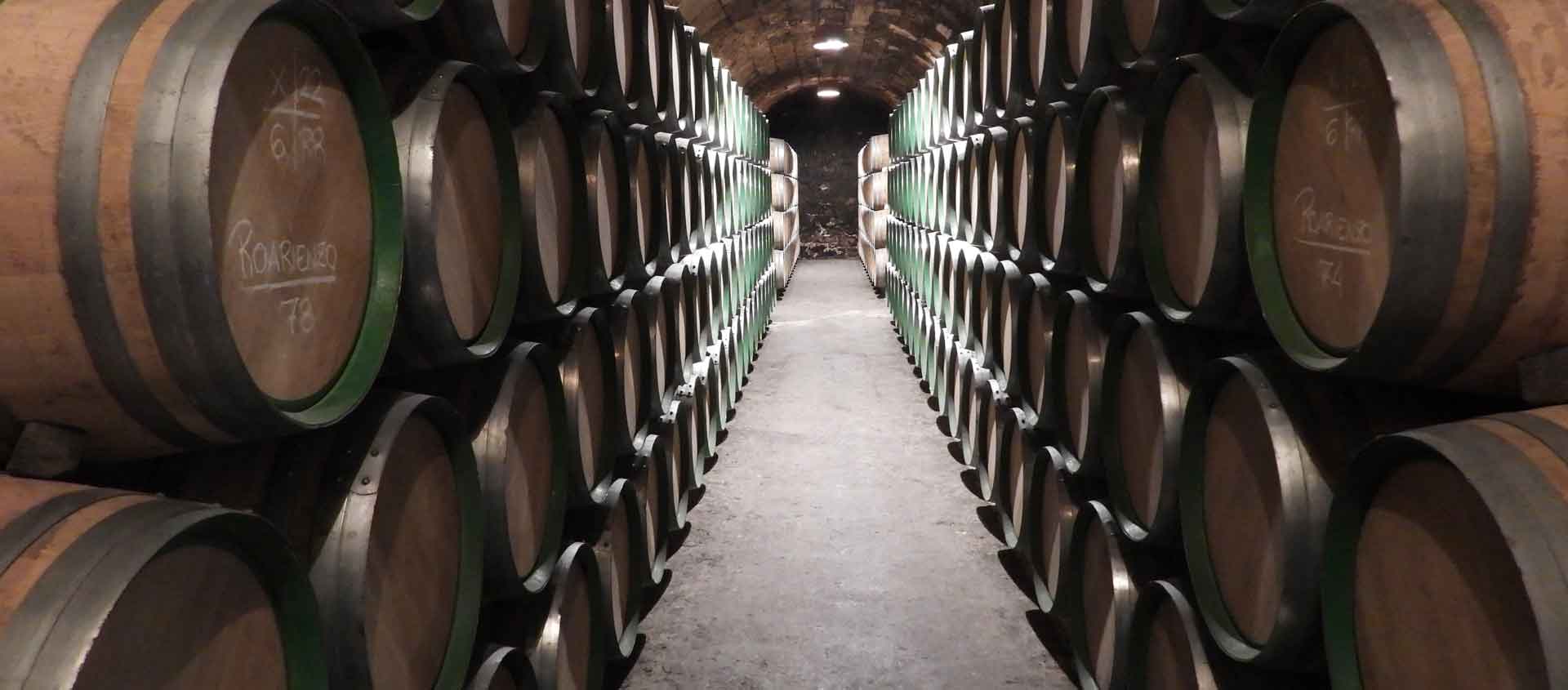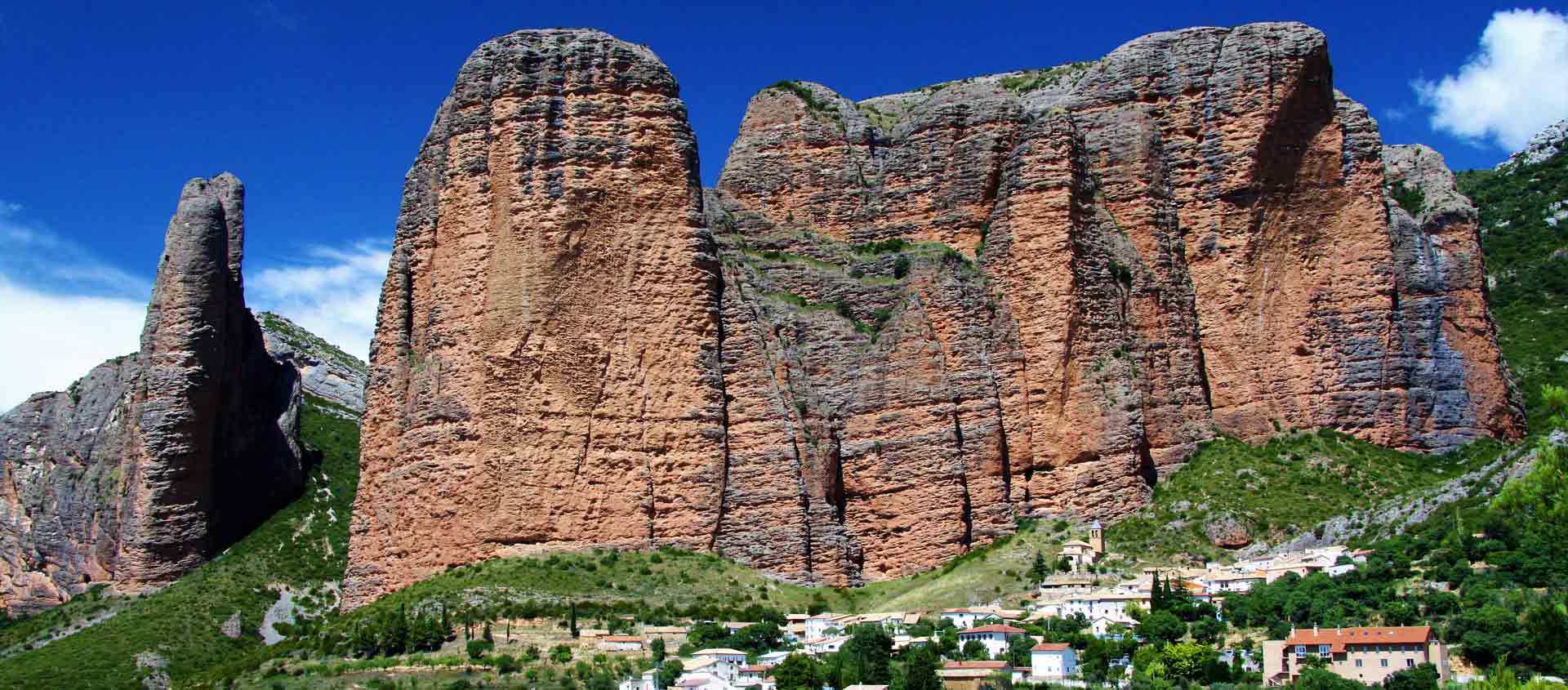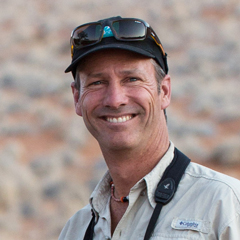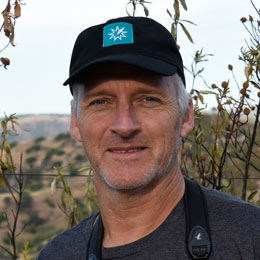Spain
August 28 – September 11, 2024
August 28 – September 11, 2025
Spain Wildlife & Culinary Tour
While much of Europe has seen many of its endemic animals disappear, Spain remains a last stronghold for several large mammals. Here, the Cantabrian Brown Bear and Western Spanish Ibex still run wild. In fact, their numbers are creeping back, and Apex Expeditions will take you to the best spots on Earth to see them, along with a variety of bird and plant life. Watch several species of vulture in Catalonia’s High Pyrenees. Search for bears in verdant Asturias and massive-horned Western Spanish Ibex in the Sierra de Gredos range. Then sprinkle in a fair amount of exceptional regional food, wine, and cultural heritage along the way. Join us on this 15-day Spain wildlife & culinary tour and enjoy a fascinating feast for the senses.
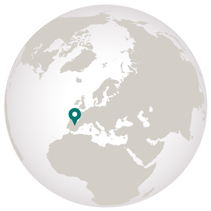
Destinations
- Travel by Air
- Travel by Road
- Travel by Boat
- Travel by Bullet Train
- Travel by Rail
- Travel by Dog Sled
-
Arrive Barcelona, Spain
Arrive in Barcelona, one of Europe’s trendiest cities for art, fashion, and cuisine. You will be met on arrival and transferred to your hotel. Settle in and get to know your fellow travelers and Apex expedition leaders at a welcome dinner. Dinner and overnight at Majestic Hotel Barcelona.
-
Barcelona / Sort
This morning, stroll down bustling Las Ramblas and take in the sight of the iconic La Sagrada Familia Cathedral. This afternoon, enjoy a scenic drive north into the high Pyrenees, winding amid mountain peaks, valleys, meadows, and forests. Keep your eyes peeled for a variety of birds, including vultures, hoopoes, warblers, and swifts. As dusk descends, you could spot the rare European Wildcat hunting in one of the meadows. Arrive in Sort, in the Catalonian province of Lleida. Dinner and overnight at Hotel Sort Pessets.
-
Sort
The word sort is Catalan for “luck,” and today you’ll have plenty as you head to the Sierra de Guara for some vulture-watching. Mad cow disease has forced Spanish farmers to dispose of dead sheep immediately, which has led to a precipitous drop in the vulture population. To help, Spanish authorities have established feeding stations with specially provided carcasses. Today, spend time at one of these stations, looking for the four European species. See raucous Griffon Vultures feasting on the freshly-provided food. Retreat to nearby hides to watch majestic Bearded Vultures, also known as Lammergeiers, dropping bones from high up to crack them open. These are some of the rarest raptors in Europe, having been hunted to near extinction. Also look for migratory Egyptian Vultures and the rare Cinereous Vulture, one of the heaviest raptors on Earth. Enjoy a picnic lunch, then head back to Sort for an overnight at Hotel Sort Pessets.
-
Sort / Riglos
After breakfast, head west to the Aragon region. View Jaca, the once-capital of the Kingdom of Aragon, with a 15th-century fort and impressive 11th-century Romanesque cathedral surrounded by labyrinthine medieval streets. Next, arrive at Los Mallos de Riglos, huge pinnacles of red conglomerate rock that jut 900 feet skyward from the comparatively flat terrain. Los Mallos (‘boulders’ in Spanish) are a popular destination for rock climbers and nature enthusiasts alike. Today, hike between the towering cliffs, looking for Black Wheatears, Red-billed Choughs, Blue Rock Thrushes, several species of warbler and the ever-entertaining Griffon Vultures that ride the thermals created by the cliffs. The area showcases typical shrubs of the matorral(scrubland), including Rosemary, helichrysum, and lavender. This afternoon, sample some of the region’s trademark wines before checking in to your hotel in the hilltop village of Riglos. Dinner and overnight at Hotel Aguas de los Mallos.
-
Riglos
Explore the village of Riglos this morning with a pre-breakfast walk to search for Golden Orioles, Iberian Green Woodpeckers and Bonelli’s Eagles. After breakfast, wander through the nearby bird and plant-rich areas, seeking such species as Griffon and Egyptian Vultures, Booted and Short-toed Eagles, Black and Red Kites, quails, bee-eaters, Golden Orioles, hoopoes, Spotless Starlings, rock thrushes, Crested Larks, Tawny Pipits, Rock Sparrows, and an array of Mediterranean warblers. Next, visit the neighboring Castillo de Loarre, an 11th-century architectural marvel nestled into the hillside, offering stunning views over the southern plains. Around the castle, spot a diverse array of butterflies. Enjoy some afternoon wine tasting, followed by dinner and overnight at Hotel Aguas de los Mallos.
-
Riglos / Eltziego
Travel northwest, stopping at the spectacular Foz de Lumbier, a narrow limestone gorge located where the Mediterranean scrub gives way to beech and Holm Oak woodlands. The foz is home to foxes, Wild Boar and badgers, as well as many bird species. Look for Alpine Swifts, Crag Martins, and birds of prey overhead. Continue to the Hotel Marqués de Riscal, a landmark in its own right, possessing the unmistakable signature bold waves of its architect, Frank Gehry. Located on the border between Rioja and Basque, the heart of wine country, the hotel boasts the Marqués de Riscal City of Wine, a 19th century cellar and interactive museum. Here, you’ll learn of the region’s vinoculture and taste such specialties as Marqués de Riscal Limousin and Barón de Chirel. Dinner and overnight at Hotel Marqués de Riscal.
-
Eltziego
Explore Laguna de Pitillas, a large saline lake known for its bird populations. Summer visitors such as hoopoe, turtle dove, bee-eater, and Nightingale can be expected. Some autumn migrators may have arrived, so look for Black-necked Grebe, Little Bittern and Purple Heron. After a picnic lunch, visit the medieval town of Olite and tour a traditional winery. Next, head to the town of Alfaro and visit the 18th-century Abbey Palace and late 17th-century San Miguel Collegiate Church. Here, see the world’s largest nesting colony of storks located on one building: over 400 storks call this Baroque masterpiece their home, threatening the church’s roof with their sheer weight. Residents of Alfaro are fighting to protect their beloved storks, who they believe are responsible for the high number of twins born in the town. Return to Hotel Marqués de Riscal for dinner and overnight.
-
Eltziego / Bilbao
Today, venture further into Basque Country. Stop in Tolosa for lunch at the grill restaurant affectionately nicknamed the “Meat Temple,” which has received accolades from around the world. Afterward, continue to Bilbao and the iconic Guggenheim Museum. Its Frank Gehry-designed building has been deemed one of the most significant works of architecture since 1980. With 120,000 square feet of exhibition space, it boasts the largest area designated for art among all Guggenheim projects. The gallery rooms are designed with unique shapes to change the viewers’ perspective. This evening, enjoy a culinary journey among pinchos(tapas) bars in central Bilbao. You will quickly come to understand why the Basque Country has become one of the culinary capitals of the world. Overnight at Gran Hotel Domine Bilbao.
-
Bilbao
Start the day at the UNESCO Urdaibai Biosphere Reserve on the nearby Bay of Biscay coast. This 20,000-hectare reserve features wetlands, forests and meadows that provide habitat for a great diversity of bird species, including Greater Flamingo, Eurasian Spoonbill, Bearded Reedling, Hen Harrier, European Honey Buzzard, Common Kestrel, Merlin, and Eurasian Hobby. After lunch, head to Plentzia Bay and embark the Crusoe Treasure Boat. While onboard, enjoy a tasting session with master enologist Antonio Palacios. Sample wines from his underwater cellar, where they are stored to age. The cellar also serves as an artificial reef that enhances the region’s marine life. This afternoon, visit the striking island of San Juan de Gaztelugatxe, recognizable as “Dragonstone” in the series Game of Thrones. Climb its 241 steps for breathtaking views over the Atlantic, before heading back to Bilbao for another evening of pinchos and other treats. Overnight at Gran Hotel Domine Bilbao.
-
Bilbao / Somiedo Natural Park
After breakfast, head west to the lush province of Asturias, and up into the sharp peaks of the Cantabrian Mountains. Somiedo Natural Park consists of 150 square miles of jagged rock formations, pristine valleys, ancient beech and oak forests, rivers, crystalline lakes, and wildflower meadows. It is home to one of Europe’s largest populations of wild bears, with around 150 individuals in the area. The next two days will be spent looking for the elusive Cantabrian Brown Bear, as well as a diverse array of other wildlife. Upon arrival in the sleepy village of Pola de Somiedo, acclimate to the crisp mountain air and the tinkling of cowbells with a short hike. Dinner and overnight at Casa Miño.
-
Somiedo Natural Park
Take in the astounding beauty of Somiedo and watch for its prolific animal life. See the native goat antelope, or Chamois, and Red and Roe Deer ambling in the meadows on morning and evening game drives. Watch for some of the area’s 100+ bird species, including Alpine Accentor, Wallcreeper, the endemic Cantabrian Capercaillie, the exceedingly rare Grey Partridge, and Black Woodpecker. Wildcats, Pine Martens, genets, Broom Hares, otters, Boar, and several species of bats all live here, and are commonly seen by visitors. In the late afternoons, watch for the park’s most famous—and hardest to spot—inhabitant, the Cantabrian Brown Bear, from special vantage points. Search the streams for the shrew-like Pyrenean Desman and the endemic Gold-striped Salamander. There will be time to explore the park on foot and look for butterflies, as well as the beautiful Shreiber’s Green Lizard. Dinners and overnights at Casa Miño.
-
Somiedo / Ávila / Sierra de Gredos
Enjoy one last morning game drive in Somiedo before heading southwest to Ávila province, west of Madrid. Ávila, known for its medieval city walls, which protect a World Heritage City filled with cobbled streets and spectacular churches, is famous for its meat dishes, especially T-bone steaks and beans, which you will have the opportunity to enjoy today. Walk the meal off atop the impressive city walls, where you’ll enjoy stunning views of the cathedral, the Plaza del Mercado Grande and surrounding countryside. Then, head to the colossal granite Sierra de Gredos range. The highest peak is the 8,200-foot Almanzor, set amidst sheer gorges and Europe’s southern-most glacial valleys. Get a glimpse of the ever-active wildlife as you drive to the Parador de Gredos Hotel for dinner and overnight.
-
Sierra de Gredos / Madrid
Wildlife abounds in the Gredos, an estimated 60% of Spain’s animal species are represented, most notably the endemic Western Spanish Ibex. Long the hunting grounds of Spain’s rulers, Gredos is now a protected regional park, and the once-scarce ibex is plentiful again. This morning will be spent exploring on foot, where you will have the chance to observe them. Venture into the pine forests below the hotel in search of birds, such as Honey Buzzard, goshawk, Western Bonelli’s Warbler, Firecrest, Pied Flycatcher, Crested Tit, and with luck, even Citril Finch and crossbill. See multiple orchid and butterfly species as you hike along the streams. In the afternoon, make your way back to the hustle and bustle of city life in Madrid. This evening, toast to the journey at a farewell dinner and overnight at Axor Barajas Hotel.
-
Madrid / Homeward
After breakfast, transfer to the airport for your international flights home.
Details
- August 28 – September 11, 2024
- Leaders Jonathan Rossouw & Gerald Broddelez
- $24,980 Per Person Rate
- $27,880 Solo Rate
- 15 days Trip Length
- 12 guests
- Barcelona Start
- Madrid End
Call us to reserve your spot on this exciting expedition!

